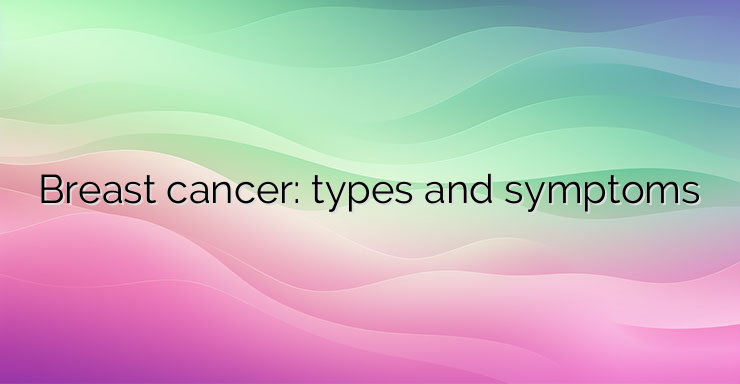Breast cancers are a collection of over 12 different tumors. Some are caused by the increased reproduction of tumor cells, which is due to the action of female sex hormones – estrogens. These are the hormone-dependent types of breast cancer. They can be given treatment that suppresses the growth of tumors by stopping the action of hormones. Different types have a lower or higher tendency to migrate to neighboring lymph nodes or to more distant locations in the body – metastasis. According to the type of cells from which the tumor originates and according to its type, two types of breast cancer are distinguished: ductal – which affects the ducts in the mammary gland and lobular – which affects the cells of the lobules of the gland. Non-invasive cancer grows in the tissue in which it developed without invading surrounding tissue. There are more therapeutic options for these tumors. In 90% of cases, breast cancer is ductal non-invasive, and the remaining 10% are lobular. Non-invasive cancer of the ducts located close to the nipple is also known – Paget’s disease. It is characterized by eczema-like nipple lesions that do not respond to treatment and require surgical intervention. Invasive breast cancer occurs when the tumor invades surrounding tissues, lymph nodes, and other locations in the body. This type of tumor affects the tubules more often than the lobules. What are the symptoms of breast cancer? A palpable solid mass in the breast, fixed or mobile, with irregular contours; Swollen lymph nodes at the level of the armpits, usually painless; Spontaneous currents from the nipples; Change in the appearance of the nipple or breast skin. When the cancer spreads to other parts of the body, the following can be observed: Fatigue; Nausea; Weight loss; Bone pain; Impaired vision. Benign lesions are fibroadenoma, breast cyst, and fibrocystic breast disease. Fibroadenoma is a firm and mobile palpable mass. It is common in women under the age of 25. Breast cysts are fluid-filled masses that are palpated as soft, mobile masses. They usually affect women between the ages of 35 and 50. They are benign and their size changes under the influence of sex hormones. Sometimes treatment requires aspiration of the fluid in the cyst or its surgical removal. Fibrocystic breast disease is a benign disease that develops due to the action of estrogens. They are characterized by palpable pain, sometimes discharge from the nipples can be observed. The therapy of fibrocystic disease is based on sex hormones, diuretics, analgesics and wearing a special bra to relieve pain. References: https://www.vidal.fr/maladies/cancers/cancer-sein/lesions-benignes.html


Leave a Reply